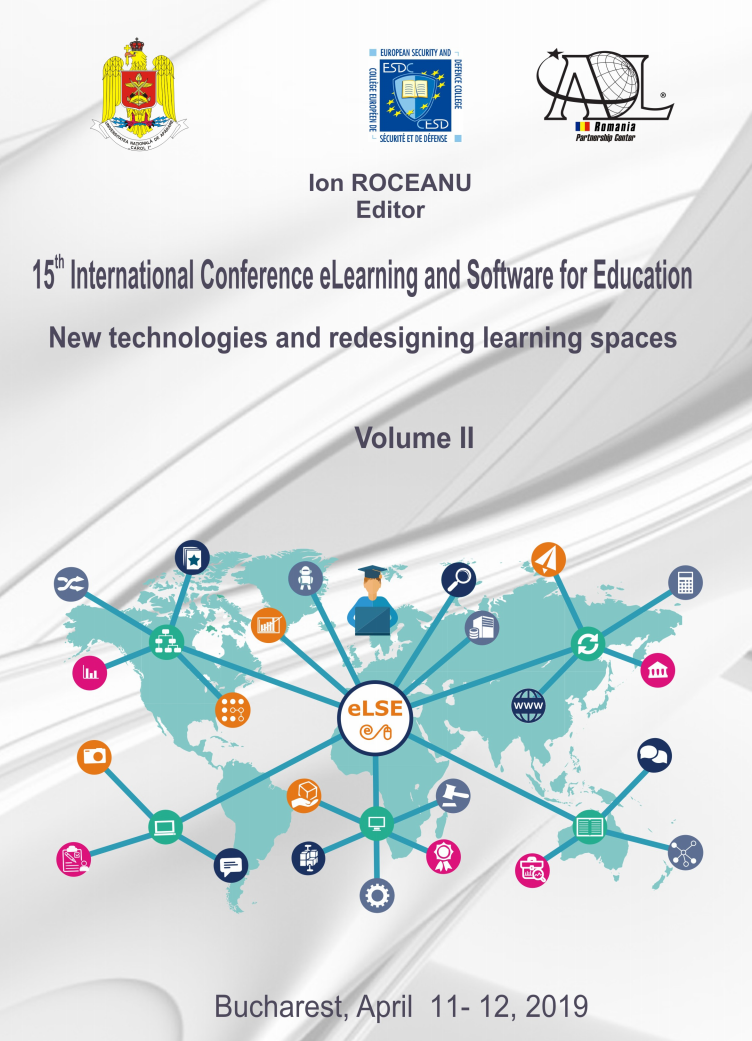Applications of Machine Learning in Malware Detection
Applications of Machine Learning in Malware Detection
Author(s): Jan-Alexandru VĂDUVA, Vlad-Raul PAȘCA, Iulia-Maria Florea, Razvan RUGHINISSubject(s): Social Sciences, Education, Higher Education
Published by: Carol I National Defence University Publishing House
Keywords: malware analysis; neural networks; random forest;
Summary/Abstract: In an ecosystem where education is done through software interaction, the security of those systems is one key aspect which should not trouble the educators nor the children and students that interact with them. The article addresses a problem that is growing every day, new malware samples, which steal data [10], encrypt data and ask for a ransom [11], get remote access to a personal computer [12], or use computer resources to mine cryptocurrencies [13]. There are presented malware analysis reports that meticulously describe malicious software's behaviour and help security professionals to mitigate the risk. The need for security brings to light new methods to protect people's devices, like using machine learning or artificial intelligence. Random forest and neural network algorithms are implemented and the results are very encouraging, the accuracy in both cases is over 95%. In the last few years, because of the increasing computer resources and the more frequent usage of cloud services, these machine learning algorithms perform better and have caught the attention of many researchers in this area. The objectives of the project include the study of malicious software in order to find mitigation strategies, important characteristics of malware families that are used to generalize the problem of ransomware and malware detection. Also, it's presented the usage of open source sandbox to capture malware's behaviour and to use the results as the input for machine learning algorithms, and the study of different algorithms which can be used in classification problems. The current work can be a strong baseline to develop more advanced and useful algorithms, using millions of samples as the input dataset.
Journal: Conference proceedings of »eLearning and Software for Education« (eLSE)
- Issue Year: 15/2019
- Issue No: 02
- Page Range: 286-293
- Page Count: 8
- Language: English

